In this expert guide, we look at photosynthesis – the process by which plants and other organisms convert carbon dioxide, water and light into food, creating oxygen along the way. So what exactly is photosynthesis, and how does it work?
What is photosynthesis?
Photosynthesis is one of nature's most important processes. Powered by sunlight, it uses carbon dioxide (CO2) to produce carbohydrates, the food that ultimately fuels most life on Earth.
The process also releases a byproduct, oxygen (O2), which has become vital for burning carbs to generate energy through aerobic respiration.
Photosynthesis enables an organism to harness solar power to synthesise its own food – carbohydrate molecules – from carbon dioxide in the atmosphere.
Which species can photosynthesise?
Besides plants and microbes such as cyanobacteria, photosynthetic organisms also include algae – a diverse group containing everything from single-celled species like Chlorella to multicellular seaweeds that form kelp forests.
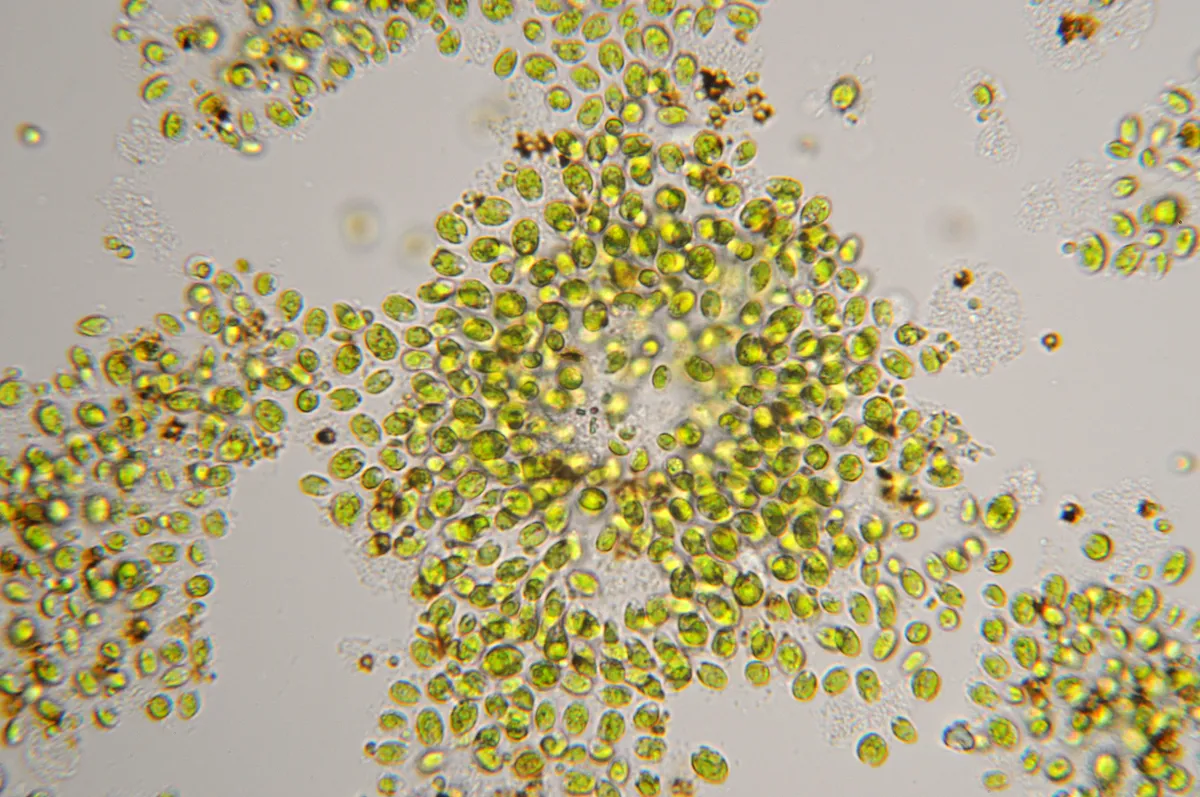
In plant cells, photosynthesis occurs inside chloroplasts – descendants of cyanobacteria that were integrated into plants over 2 billion years ago through endosymbiosis.
When and where does photosynthesis take place?
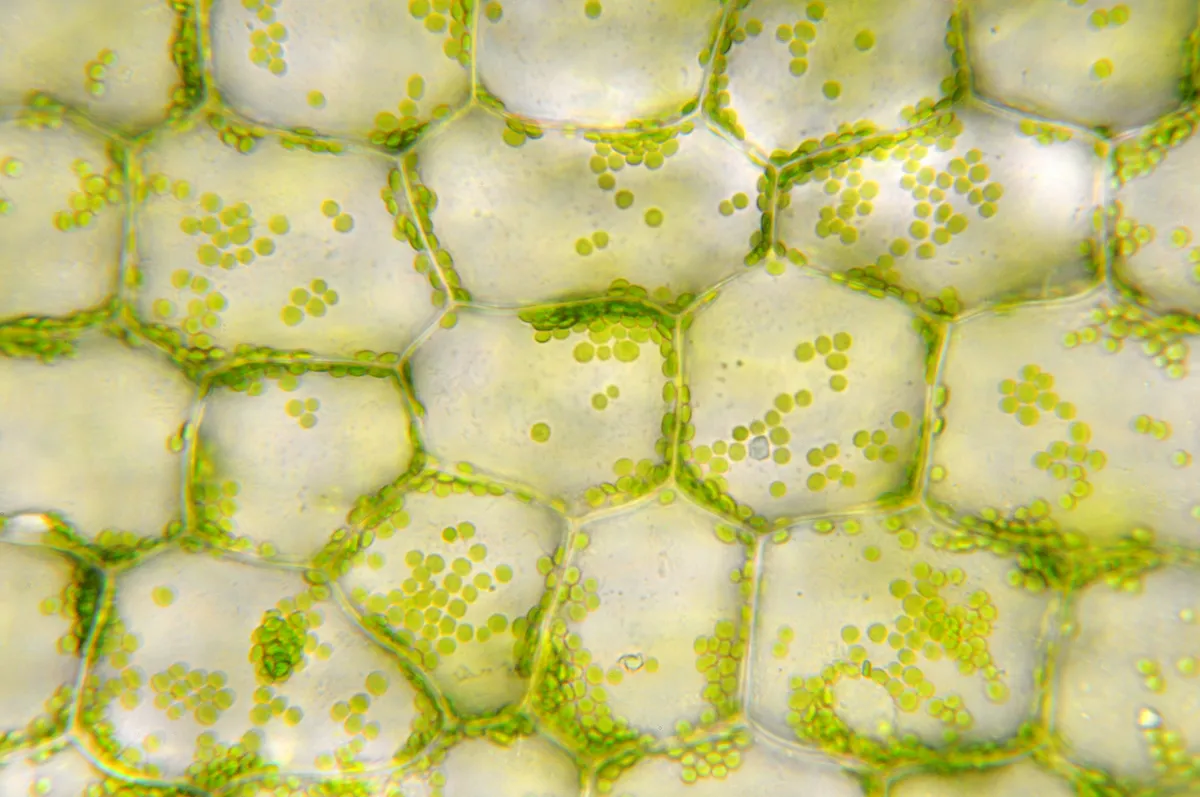
While you might think it only happens during daytime, the process actually has two stages: light reactions that capture solar energy (the 'photo' half of the word) and dark reactions that can occur day or night to make food ('synthesis').
Dark reactions take place in a microbe or chloroplast's internal fluid, whereas light reactions occur in membranes called thylakoids that are folded to maximise the surface area exposed to sunlight. Leaves are often large, flat structures to catch light, but other green parts of a plant (like stems) also photosynthesise.
Why do leaves have pores?
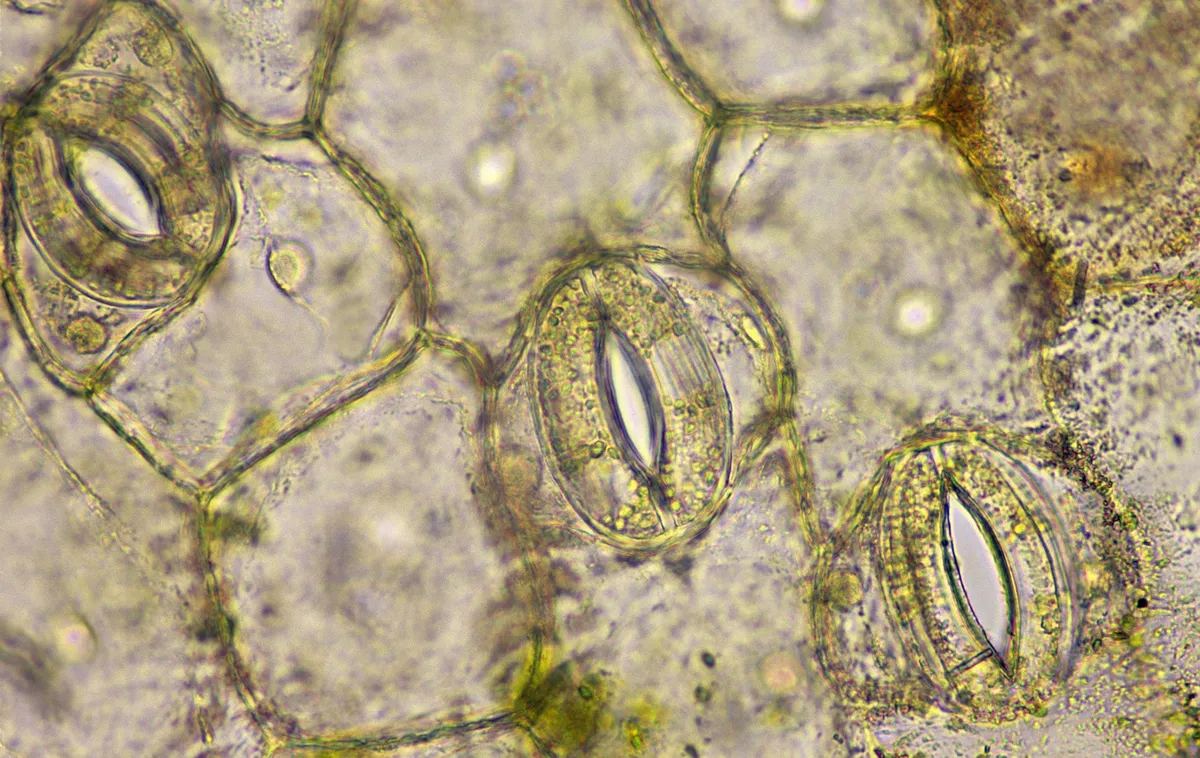
Leaf pores are a double-edged sword: the openings allow a plant to suck-up the carbon dioxide it needs to make food, but they also let precious water escape. While early plants had to cope with losing water passively through pores that were just holes, modern species have structures called stomata that actively adjust an aperture's size in response to physiological or environmental cues. Stomata therefore help a plant to minimise water loss, balanced with gaining carbon for photosynthesis.
Do aquatic plants have stomata?
The gas exchange that occurs via stomata for land plants is different for aquatic plants. If an aquatic plant were covered in tiny holes, it would drown. So in water lilies and other flowering plants with floating leaves, only the upper side of a leaf has stomata – and those pores are permanently open because aquatic plants don't really need to worry about losing moisture. It seems to work well, as floating plants have emerged at least 13 times independently by convergent evolution.
Some flowering plants are even adapted to a submerged lifestyle: seagrasses lack stomata completely and carry out photosynthesis, but they must rely on bacteria in shallow ocean sediments to provide a source of carbon in the absence of CO2.
How do organisms capture light?
The cells of photosynthetic organisms convert light to chemical energy through photosystems – a combination of pigments, enzymes and other molecules. The core component of a photosystem is the green pigment chlorophyll.
After being hit by photons (particles that make up light), electrons in chlorophyll absorb enough energy to break free, which starts a chain reaction in which energised electrons are passed between intermediates to generate the molecules ATP and NADPH, whose chemical bonds carry the energy that's later released to make food. In plants, chlorophyll's lost electrons are replaced by splitting water, releasing oxygen.
Is chlorophyll the only pigment?
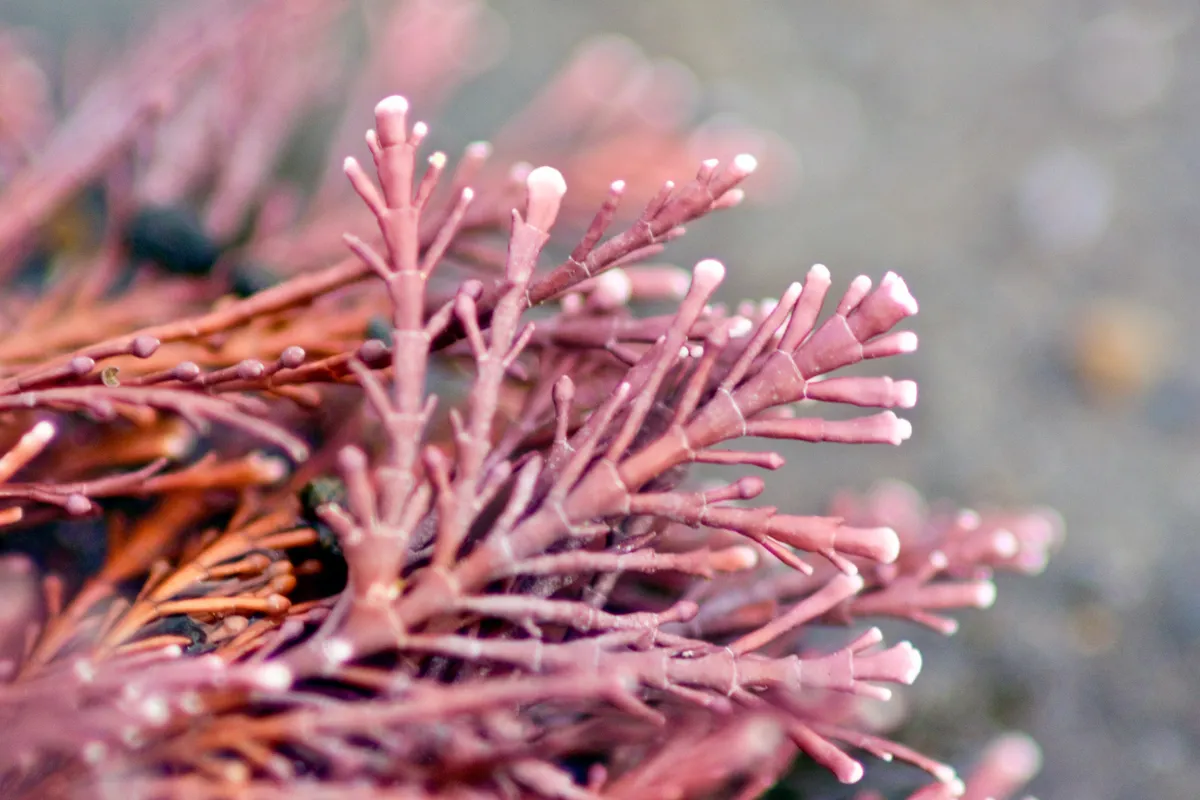
No, but it's the best at absorbing sunlight near the blue end of the visible spectrum, where photons have greater energy. Many organisms, especially aquatic species, also have accessory pigments such as phycobilin that are more efficient at harnessing photon energies toward the red end of the spectrum, allowing those wavelengths to be absorbed if water has filtered-out blue light. The distinctive colour of red algae is explained by the presence of large amounts of phycobilin.
So how is food made from carbon dioxide?
Like making drinks in a slushie machine that continually rotates and is refilled with flavouring and ice, photosynthetic cells produce carbohydrates by recycling them and replenishing the supply of carbon by regularly adding carbon dioxide (and usually water). That involves a circular series of reactions popularly called the Calvin cycle, which is driven by the energy-carrying molecules ATP and NADPH.
The first step in that cycle involves carbon fixation: adding or 'fixing' carbon dioxide (a volatile gas) to a stable compound, a reaction catalysed by the enzyme RuBisCO. Because it constitutes an estimated 3 per cent of the total mass in leaves, and most of Earth's biomass is plant matter, RuBisCO is arguably the most abundant protein on the planet. And because the enzyme's activity ends-up producing more than 90 per cent of organic carbon, RuBisCO is one of nature's most important proteins.
Do any animals photosynthesise?
The tiny polyps of corals form a symbiotic relationship with algae, providing a home and the nutrients required for photosynthesis and benefiting from food generated by the algae.
Some sea slugs are able retain the chloroplasts after grazing on algae, and these are engulfed by their own cells. They also assimilate some of the algal genes, enabling them to produce cholorophyll. The slugs have been recorded using the pilfered structures to sustain themselves for up to ten months, earning them the nickname ‘solar-powered sea slugs’.
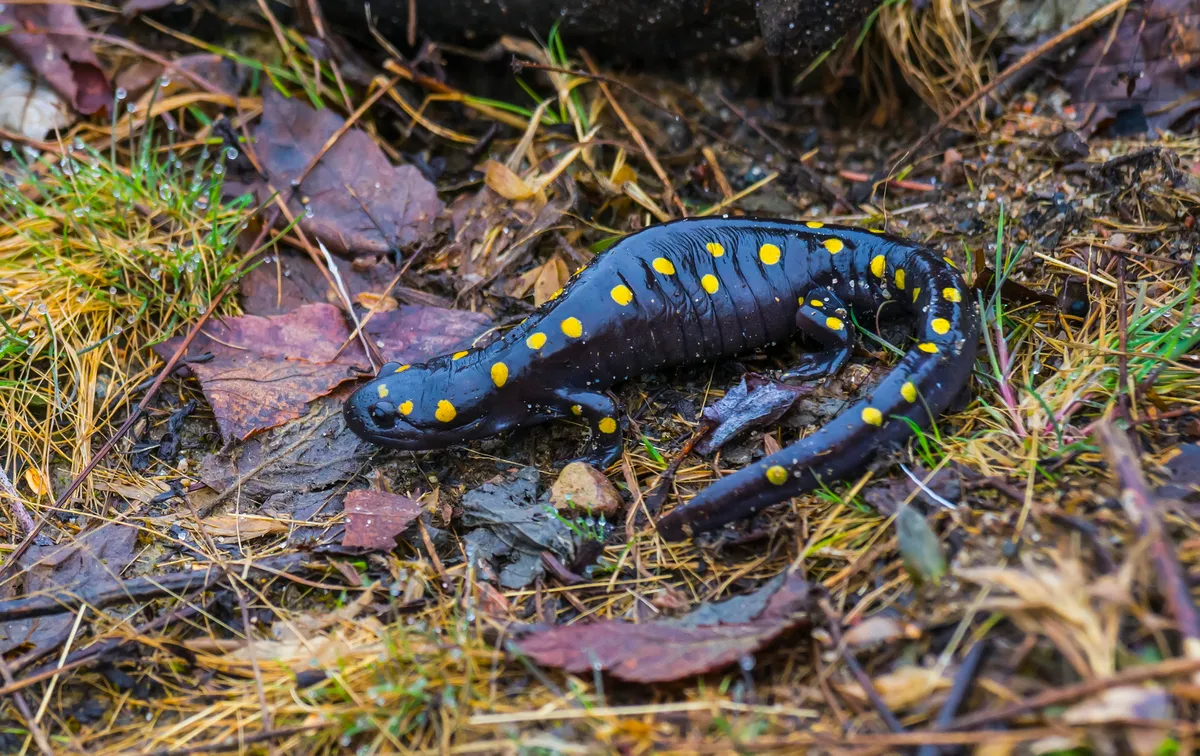
So far, only one vertebrate is known to have a comparable association with algae – the spotted salamander (pictured above), a very striking amphibian found in the eastern United States and Canada. Soon after being laid, the salamander’s eggs are colonised by water-dwelling algae, which turn the gelatinous spheres green. The algae appear to thrive on wast, such as ammonia produced by the developing salamander embryos, and in turn provide oxygen and carbon. This enables the embryos to develop faster, increasing their survival rates. The algae more or less disappear by the time the larvae hatch, so the partnership appears temporary.
This Q&A originally appeared in BBC Wildlife, and was answered by Laurie Jackson.
Main image: Large green hosta leaves. © Maryna Terletska/Getty

